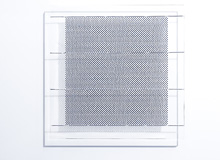Manufacture
1. Material
Sphelar® cells are made from broken pieces of silicon. Unlike conventional photovoltaic cells, there is no need to cut wafers out of a massive ingot and no loss of material in cutting. The process saves silicon material.
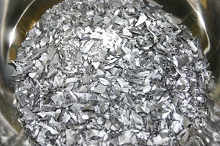
2. Melted silicon drops
The silicon is melted down and then formed as drops in homogeneous size.
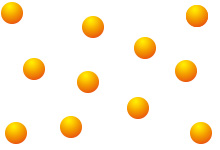
3. Granulation
Once cooled and stable, the melted silicon drops get into spherical grains. They are the core of spherical micro solar cells.
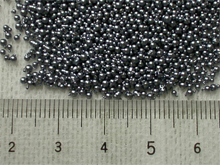
4. Cells
The P-N junction is formed on the surface of silicon grain. Then positive and negative contacts are shaped on one side and the opposite. Now each cell is ready to generate electricity.
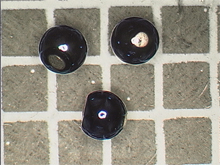
5. Strings (Mesh)
The cells are wired to produce larger electricity. We call the structure as ‘mesh’.

6. Various shaped modules
Three-dimensional light capturing and flexible ‘mesh’ structure enables solar modules to be formed in different moulds.
